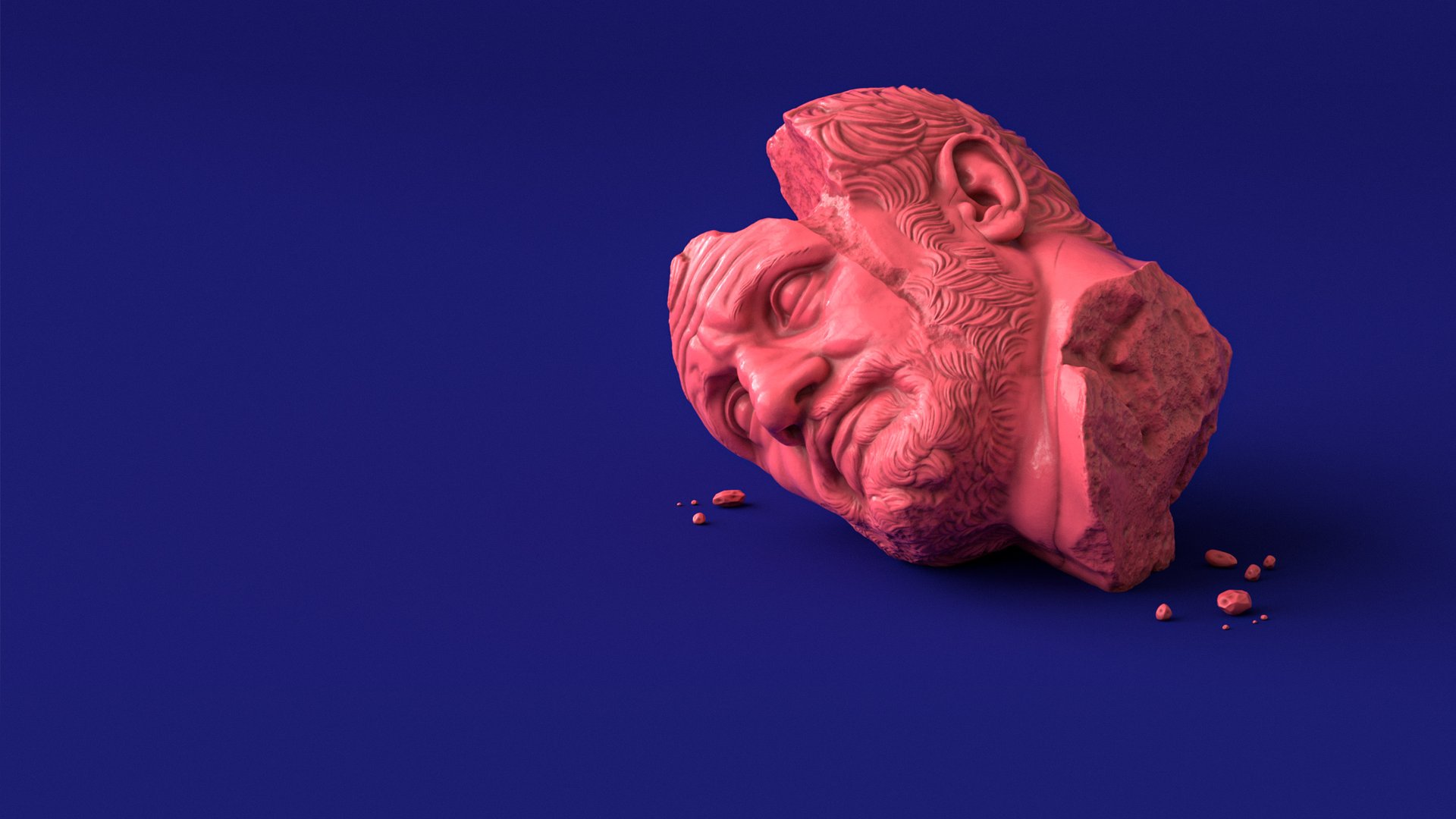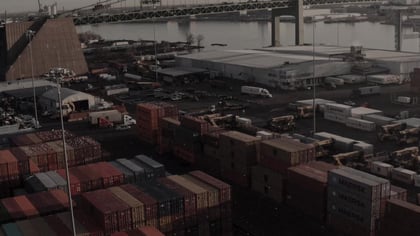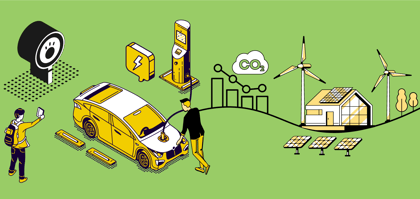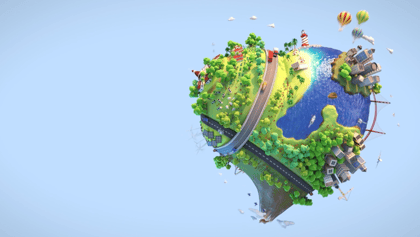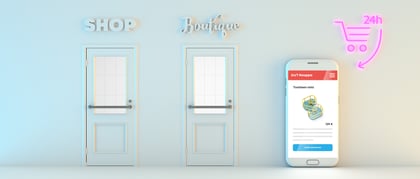Composable Commerce – The technology choice for future e-commerce
Online business requirements are changing at a fast pace, and becoming more complex. Technology choices need to match those needs. Behind the technological revolution in online shopping is the need for an even faster development cycle, which enables a more efficient renewal of the customer experience and e-commerce processes. This is the lifeblood of business in an ever-tightening competitive situation.
The most important thing is to choose technologies that are flexible and scalable. In this way, they can be easily updated and expanded as the company grows or changes its operations. The new generation of e-commerce technologies serves the needs of unlimited growth.
As a technology choice, Composable Commerce, assembled from the best pieces with a headless model, enables unlimited growth, scalability and global reach. A big advantage is that, thanks to ready-made systems, development work does not have to be started from scratch.
This also challenges the ways of doing work, because old ways rarely work when doing something new. In particular, the technology choices implemented with the Composable Commerce model include the idea of cooperation, where companies and customers create and develop business together.
While previously the team consisted of experts from the same field, it is now worth gathering experts from many different fields together and bringing several different perspectives and ways of thinking to the task.
Sounds complicated? We make it simpler. So join us in creating three imaginary online stores called CrasShop!
Using examples, we will tell you next what the technology options are, and how you can manage to assemble the best possible e-commerce team.
Why the change in e-commerce technology started
A word about the history of technology: Traditionally in e-commerce, one monolithic technology has taken care of all the necessary processes related to trading, such as product management, ordering, invoicing and customer communication. The operations are under one roof, but the same roof limits growth and development.
The development, maintenance and meeting the business needs of one entity can become a burden over time. Technology limits the growth of business and the servant threatens to become the master.
So a headless model was developed, in which, as the name suggests, the head, i.e. the functionality visible to the customer, was separated from the engine room of the online store, where the engine's functions can be implemented piece by piece.
The fewer restrictions technology creates, the more freedom there is to put customer experience on a pedestal and raise business goals sky high.It is essential that the chosen technology complex serves the needs and requirements of the business. This makes it possible to truly and realistically set strategic goals and a unique, authentic and singular customer experience between the goalposts of the business, the realisation of which is supported by the chosen technology.
Close
Open
1 Headless
Boldly set your business goals at the highest level
The first CrasShop is made with a headless model. In it, the surface visible to the customer of the online store, i.e. the presentation layer (head) is separated from the background system into its own entity. Such a two-layer model is gaining even more ground because of its ability to change:
- The presentation layer (front-end) can be developed with changing technologies without touching the background system (back-end).
- A decoupled presentation layer is significantly faster than if the background system is connected to the presentation layer.
- The background system can be developed according to needs, and there are no technology restrictions.
The most common headless model is monolithic technology, from which the presentation layer has been separated into its own entity (decoupled). With this choice of technology, we can quickly get everything we need under one roof. The flip side is that as the business grows, development is more challenging than a monolith.
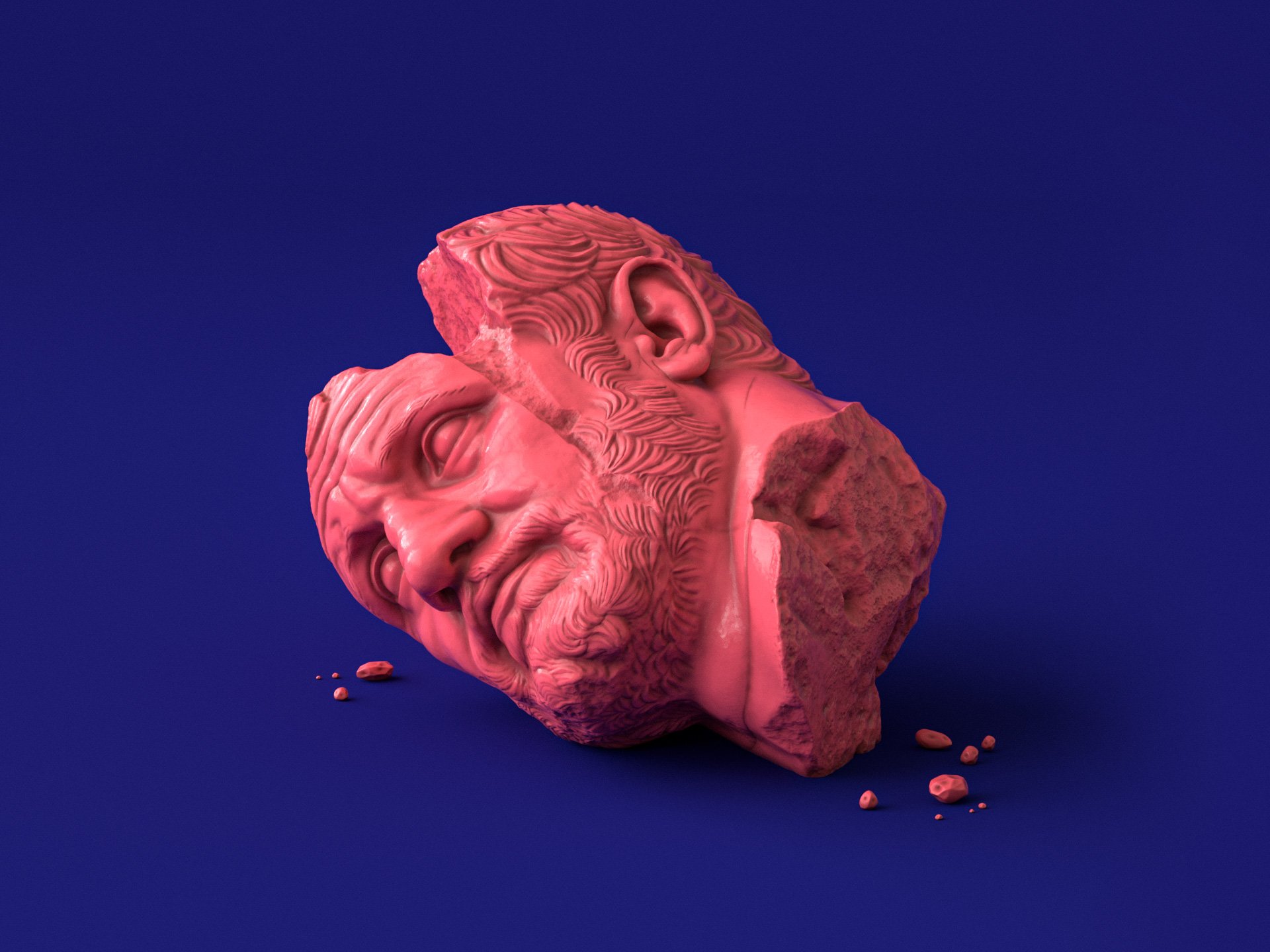
Therefore, the next step of the headless model is Composable Commerce, which is basically an online store complex composed of ready-made service packages and, if necessary, trimmed with customisation. It enables unlimited growth and scalability of functionalities and global trading.
2 Composable Commerce
Build your online store based on your business needs and goals
The second CrasShop will be built with Composable Commerce technology. In this shop, the background systems under the bonnet are ready-made systems or service packages tailored to your needs. There is really no limit to growth, development and changes.
For example, Shopify, which offers products, orders and customer account management, is selected as an online shopping platform. Contentful, for example, is chosen as the content platform, and MailChimp handles the marketing communication. We focus on the surface visible to the customer, and we can grow the business easily in the global market.
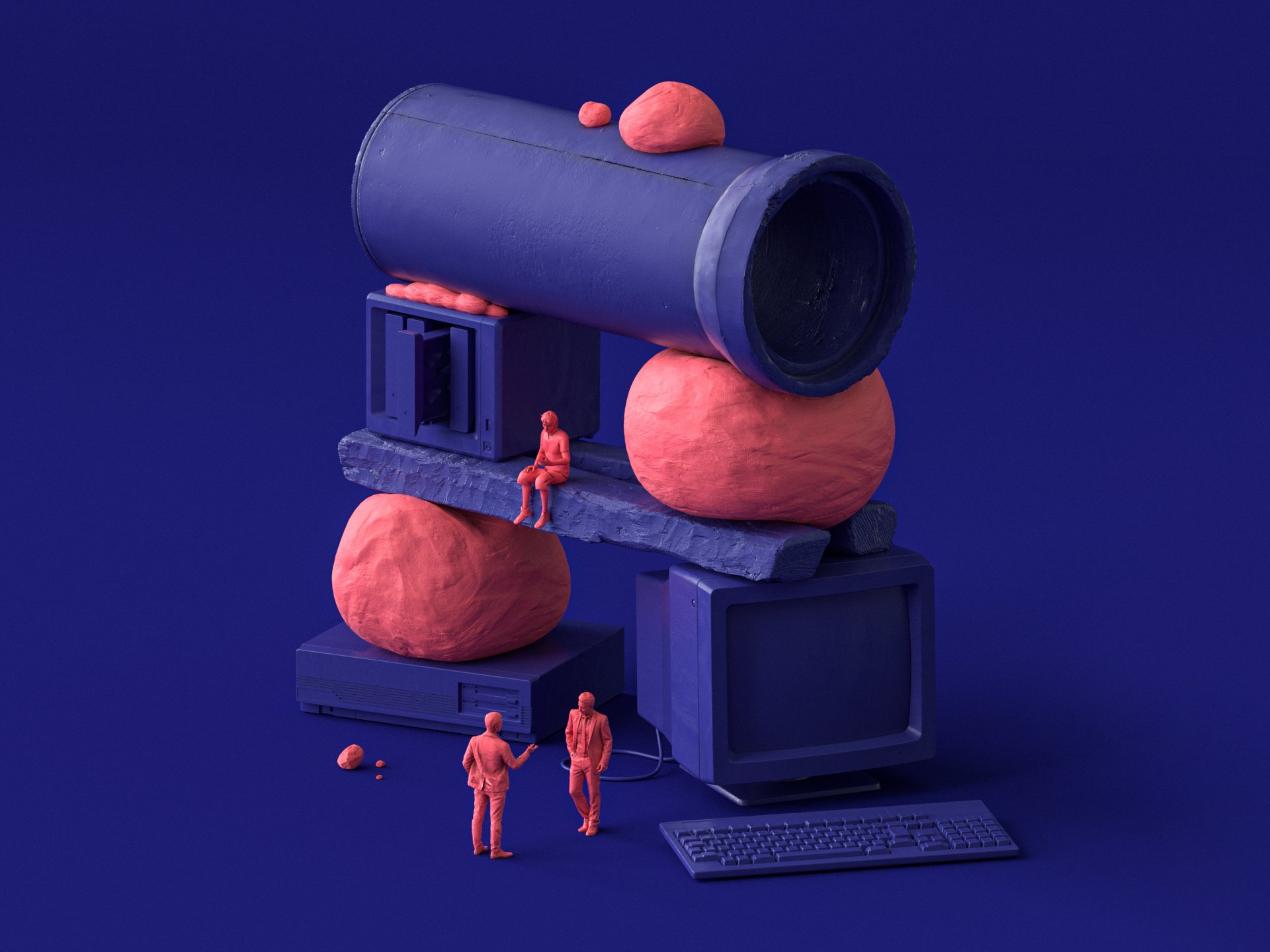
You get at least these benefits:
Modularity. Composable Commerce is a modular service complex, where services or applications that operate separately from each other are responsible for the functions. A service entity assembled from independent parts is not built on a single source code, and the management of the entity does not depend on just one operator.
Flexible and nimble. The different services are connected to each other with the help of application programming interfaces (API) and thus the applications responsible for different functions can be updated without bringing the entire service down.
Business orientation. In practice, this means that, for example, the system that handles orders can be updated without interrupting the operation of the online store and causing inconvenience to the customer. An entity like this is also easier to scale and modify according to changing needs.
Geographical limitlessness. Composable Commerce enables easy global commerce.
The possibilities of a multidisciplinary team. Composable Commerce thinking also includes the idea of community and cooperation, where companies and customers can create and develop business together.
3 Monolith
One big entity
The third CrasShop is created entirely using one system. In this model, one company is responsible for the source code, and the part visible to customers (front-end) and the e-commerce engine (back-end) are one big complete package. The solution is cost-effective and easy to implement, and at first we may be satisfied with this. When the functions are under one roof, growth and development are associated with limitations brought by technology and, for example, susceptibility to errors.
As the name suggests, monolithic architecture is therefore one sensible application development system, to which the headless model brings some room for manoeuvring. Monolithic architecture is represented, for example, by the popular web service management systems WordPress and Magento.
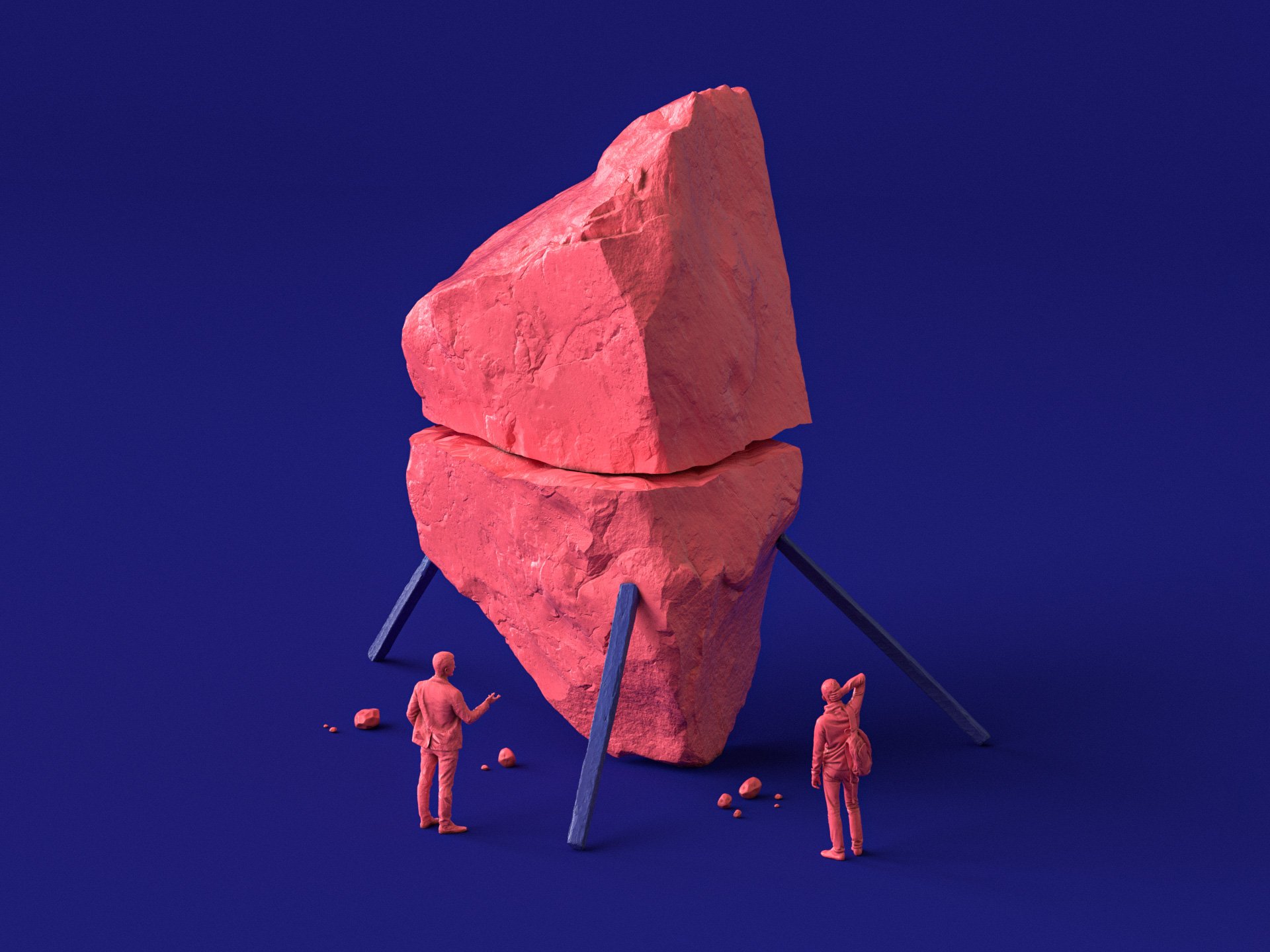
Monolith is still a relevant technology solution for small businesses, as it offers a cost-effective platform for basic operations. But strength and at the same time weakness is its totality.
The problems are often related to upgradeability and troubleshooting. During updates, the entire service usually has to be shut down for the duration of the update and testing. A system like this is also more prone to failure, as all its components are closely connected to each other.
The technological revolution also changes thinking and operating methods
The technological revolution should be reflected to a significant extent as a change in thinking and thus in ways of operating. When systems change quickly according to business needs, organisations and people also have to react. When moving towards the new, the old way rarely works.
Therefore, the best model for developing an online store is to assemble a multidisciplinary team, which brings together experts from several different fields, instead of a team consisting of experts in one field.
A multidisciplinary work group is more efficient and productive. It utilises the knowledge and views of experts in different fields in innovation and problem solving.
- No more silos limiting what can be done
- Doing things becomes faster
- Faster feedback ensures more efficient development
- Faster decisions
- Higher quality result
You can make the result more cost-effective while increasing people's satisfaction.
In a multidisciplinary working group, experts from different fields have the opportunity to learn new things from each other and bring their own perspective to problem solving, which can lead to innovative and comprehensive solutions. In addition, the multidisciplinary working group helps to ensure that the solutions take into account different perspectives and that they are sustainable and balanced.
In short, we can say that the benefit of a multidisciplinary e-commerce team comes from two things:
1) A multidisciplinary team guides the organisation to a change in thinking: it immediately approaches development work comprehensively from the customer's needs, and is not subordinate to the organisation-oriented goals of a specific function (for example, IT or marketing).
2) A multidisciplinary team changes the thinking throughout the organisation towards a more modular world with faster development cycles and better processes.
Consider these four things when assembling a multidisciplinary e-commerce team
In order to function, a multidisciplinary team needs an organisation built around this thinking model.
How to maintain flexibility, manageability and efficiency?
1. Limit what you do. All sub-areas to be worked on must be small enough for the teams to take care of. The boundaries between the teams must also be sufficiently clear and communication effortless, so that small teams do not merge into larger ones.
2. Sub-areas as needed. A multidisciplinary e-commerce team is assembled as needed. The following areas may be represented:
- eCommerce Manager/Customer Manager: the contact person for the e-commerce business in relation to the rest of the organisation.
- Design: expert in online store user experience and user interface design. Often does design work himself and guides other designers in the team.
- Development: technical development of the online store and experts who guide the software development work of the online store within the framework of a partner or in-house team.
- Content: the content of the online store is important. A large part of the customer experience is related to written communication and its tone of voice. The contents also play a significant role in supporting the discoverability and traffic of the online store.
- Data + Analytics: a professional in collecting, combining, utilising, analysing and visualising e-commerce data.
- Growth: expert in online shopping customer acquisition, advertising, marketing, customer and conversion price.
- Product Owner: If the size of the team is large, a driving force for the development of the online store product and a responsible person who prioritises and makes decisions about the development path of the online store are needed. Responsible for handling the weekly development routines and is often the direct contact person for the business. Can be part of the client's internal team or the personnel of a strategic partner.
3. Group size. When assembling a group, it is also important to consider the size of the group. A team that is too small is sensitive to disturbances such as absences; a team that is too large requires external management to function and self-direction is not realised.
When the group size is four people, holidays or other absences still do not affect the work, but things can be done normally. If the purpose is to guide activities towards self-direction, it starts to become difficult already in a group of six people. In teams of more than ten people, managing people's work takes up more space and the efficiency of work suffers. The ideal size of a multidisciplinary team is about 4–8 people.
4. Gather the best factors under different roofs. Does everyone need to be in the same company? No, the whole can also consist of several partners, where the sub-areas are realised.
Crasman Insight is a publication dealing with the phenomena, trends and opinion factors of e-commerce.
Crasman Insight team: Petri Autio, Samuli Hokkanen, Jani Kiltti, Emmi Koistinen, Liisa Leinonen, Mikko Tikkanen, Riikka Vaahtera and Kirsi Vatanen.
Previous Crasman Insights have covered the following topics:
Want to hear more?
Crasman Insight is a publication dealing with the phenomena, trends and opinion factors of e-commerce. We are happy to tell you more and help you develop your own online store. Check out our services on the crasman.fi website!
Copyright @2022 Crasman

